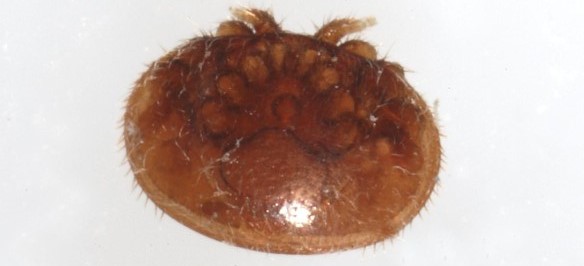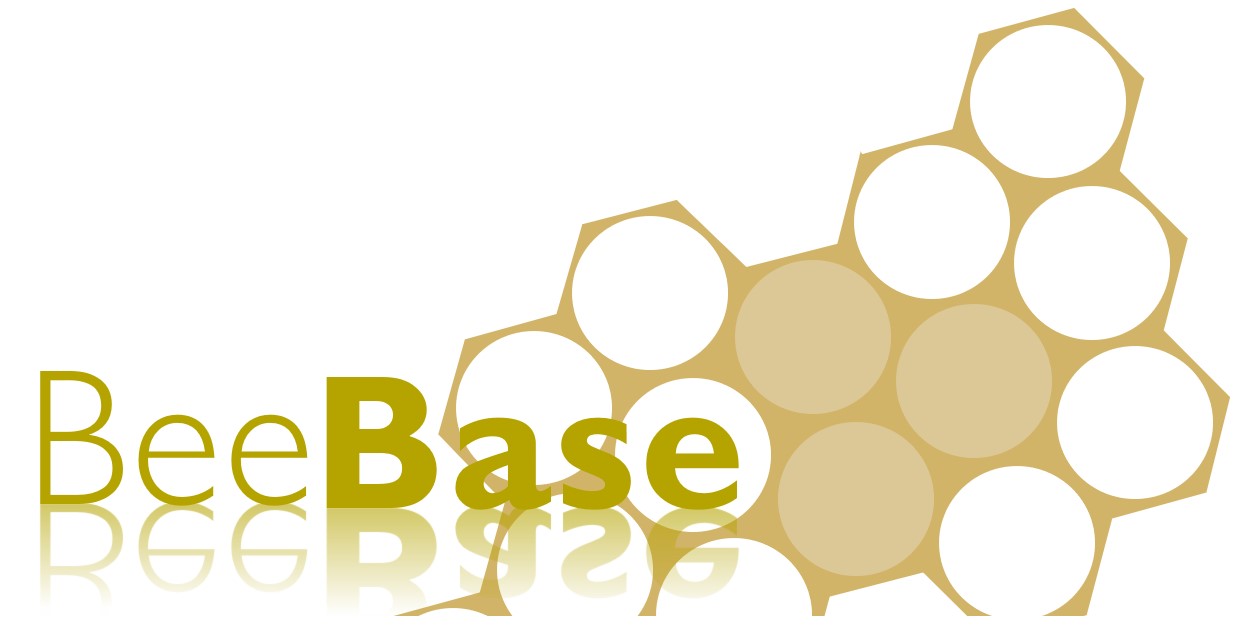Varroa destructor is a notifiable pest of honey bee colonies. You can report the presence of Varroa in your hives by going to our Report Varroa page. The web page on Varroa provides a summary of the biology and life cycle of Varroa.

Our advisory leaflet on Managing Varroa, provides an in depth look at the biology of Varroa, the methods for monitoring for Varroa and the various ways to control Varroa. This leaflet details all the varrocides available for use in the UK, as well as the management techniques that can be used for controlling mite populations.
As bees are classed as food-producing animals, beekeepers must maintain documentation containing details of veterinary medicines administered to colonies for at least five years, irrespective of whether or not the colony concerned is no longer in that keeper’s possession or has died during that period. For more information, please visit the bee medicines webpage, or download our fact sheet on bee medicines. A copy of the veterinary medicine administration record can be downloaded here.
We have a variety of fact sheets that provide information on how to:
- monitor for Varroa in hives;
- use drone brood removal for mite control;
- use artificial swarming for mite control;
- use queen trapping for mite control;
- monitor for resistance to varroacides in mites.

Our media gallery contains images of Varroa mites and Varroa damage that may be helpful in identifying the signs of infestation.
Contact your local bee inspector: general contact details for the NBU and local bee inspectors (England, Scotland and Wales); a further source of free, expert advice, can be found here.
